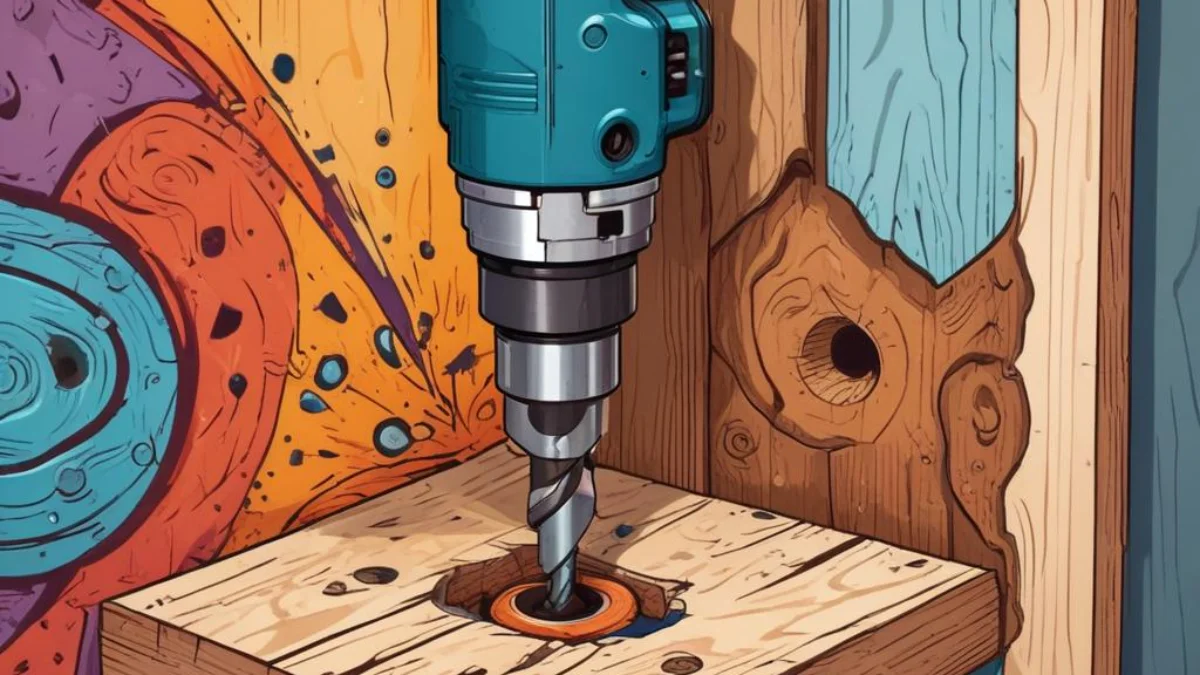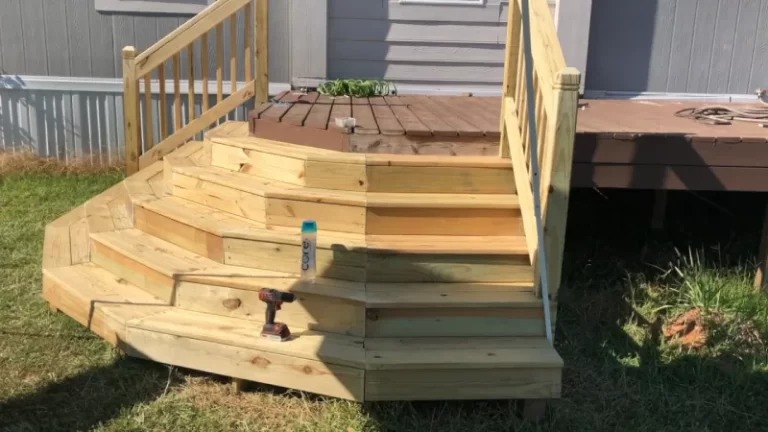How to Drill Holes in Hard to Reach Places: Your Ultimate Guide
Ever found yourself in a tight spot, literally? You have a drill, a bit, and a mission, but there’s a pesky stud, a narrow cabinet, or an awkward angle standing between you and a perfectly drilled hole. This common frustration for DIY enthusiasts and professionals alike can bring any project to a screeching halt.
The problem often isn’t the will or the skill, but the physical limitations of a standard drill. Its bulky body and rigid form are simply not designed for the nooks and crannies of complex projects. This guide will illuminate the path to drilling perfection, no matter how confined the space.
You'll Learn About
Why Is Drilling in Tight Spaces So Difficult?
The core issue is tool geometry. A standard drill requires a direct, straight-line approach to the drilling surface. When you’re working between joists, inside a cabinet, or near an adjacent wall, there’s often not enough clearance to align the drill properly. Forcing it at an angle can result in an inaccurate, elongated hole, a broken drill bit, or damage to the surrounding material.
Beyond simple lack of space, awkward angles present another significant hurdle. Imagine trying to drill a hole perpendicular to a surface when you can only approach it from a 45-degree angle. Without the right equipment, this task is nearly impossible to perform accurately and safely.
Common Problem Areas
Many everyday projects present these drilling challenges. Installing cabinet hardware inside a deep cabinet, running wiring through wall studs, or assembling furniture in a confined area are just a few examples. Even hanging shelves or artwork can become a major headache if a stud is inconveniently located near a corner.
The frustration is real. A simple five-minute task can morph into an hour-long struggle, often with subpar results. But fear not, for every problem, there is a solution.
The Essential Toolkit for Awkward Drilling
Conquering tight spaces is all about having the right tools at your disposal. A few key accessories can transform your standard drill into a versatile, problem-solving machine. These tools are designed specifically to overcome the limitations of space and angle.
Investing in one or more of these attachments can save you countless hours of frustration and ensure a professional finish on your projects. Let’s explore the most effective solutions.
The Mighty Right-Angle Attachment
Perhaps the most indispensable tool for drilling in confined spaces is the right-angle drill attachment. This compact device attaches to the chuck of your standard drill, changing the direction of the rotational force by 90 degrees. This allows you to drill in areas where the body of the drill would otherwise not fit.
Think of it as a periscope for your drill bit. You can hold the drill parallel to the surface you’re working on, while the attachment does the work of drilling perpendicularly. This is a game-changer for working between studs, inside drawers, or any situation with minimal clearance. Many right-angle attachments also come with a support handle for added stability and control.

The Flexible Drill Bit Extension: Your Bendable Friend
For those truly awkward, around-the-corner situations, the flexible drill bit extension is your best friend. This tool features a bendable shaft that can navigate around obstacles, allowing you to drill in places that are not in a direct line of sight. It’s an incredibly versatile accessory for automotive work, plumbing repairs, and intricate woodworking projects.
The key to using a flexible extension effectively is to maintain control. While it offers incredible reach, it can be prone to wobbling. It’s best used at lower speeds and with a firm grip to ensure accuracy. Some models even have a magnetic tip to securely hold screws, which is a lifesaver when you can’t get your fingers into a tight spot.
Stubby Drill Bits for Maximum Clearance
Sometimes, the solution is as simple as shortening the drill bit itself. Stubby drill bits, also known as jobber-length bits, are significantly shorter than standard bits. This seemingly small change can provide just enough extra clearance to get the job done.
When combined with a right-angle attachment, stubby bits can create an incredibly compact drilling setup. This combination is ideal for the tightest of spaces, such as installing drawer slides or working on small engine repairs.
A Step-by-Step Guide to Drilling in Tight Spaces
Now that you’re armed with the right tools, let’s walk through the process of drilling that seemingly impossible hole. Following these steps will ensure a clean, accurate result every time.
Remember, patience and preparation are key. Rushing the process can lead to mistakes and frustration.
1. Assess the Situation and Choose Your Weapon
First, carefully examine the space you’re working in. How much clearance do you have? What is the angle of approach? This assessment will determine the best tool for the job. For a straight drill in a tight space, a right-angle attachment is likely your best bet. If you need to navigate around an obstacle, the flexible extension is the way to go.
Consider the material you’re drilling into as well. Softer materials like wood or drywall are more forgiving than metal or masonry. Ensure you have the correct type of drill bit for the material.
2. Mark Your Spot and Create a Pilot Hole
Accuracy is paramount. Use a pencil or a center punch to clearly mark the location of your hole. If possible, create a small pilot hole using a smaller drill bit. This will help to guide the larger bit and prevent it from “walking” or slipping, which is especially important when drilling on a smooth or angled surface.
A simple trick to prevent the bit from wandering is to place a piece of masking tape over the mark before drilling. The tape provides a bit of extra grip for the drill bit to start.
3. Secure Your Tool and Drill with Care
Once you’ve chosen your attachment and marked your hole, it’s time to drill. Secure the attachment firmly in your drill’s chuck. If you’re using a right-angle attachment with a handle, use it to maintain stability. Start drilling slowly and apply steady, even pressure. Let the tool do the work; forcing it can lead to overheating and damage.
If you’re drilling a deep hole, it’s a good practice to periodically back the drill bit out to clear away debris. This will reduce friction and result in a cleaner hole. For those interested in creating precise openings from one side of a wall to another, understanding how to drill a hole from inside to outside can be incredibly useful.
Advanced Techniques and Alternative Solutions
Sometimes, even with the best attachments, a power drill just isn’t the right tool for the job. In extremely delicate or tight situations, it’s worth considering some manual alternatives. These methods may be slower, but they offer unparalleled control and precision.
Exploring these options can also be helpful if you find yourself without power or your drill’s battery dies mid-project.
When a Drill Isn’t an Option
For small holes in wood or drywall, a simple awl or nail can be surprisingly effective. Place the point on your mark and gently tap it with a hammer to create a starting hole. For larger holes, a hand drill or a brace and bit can be used. These manual tools are slower, but they offer a great deal of control and are perfect for delicate work where a power drill might be too aggressive.
In some situations, you might be able to avoid drilling altogether. For instance, if you’re trying to install an AC without drilling, there are specialized mounting kits and window units designed for this purpose.
Tips for Specific Scenarios
Drilling inside cabinets for hardware can be particularly tricky. A jig can be a lifesaver in this situation, ensuring that all your holes are perfectly aligned. When it comes to exterior work, like trying to figure out how to hang things on vertical siding, specialized hooks and clips can often be used to avoid drilling into your siding.
Always consider the “what ifs.” What if you hit a wire or a pipe? A stud finder with a built-in AC and metal detector is an invaluable tool for preventing a costly and dangerous mistake.
| Tool/Accessory | Best For | Key Advantage | Potential Drawback |
|---|---|---|---|
| Right-Angle Attachment | Drilling between studs, inside cabinets | Allows for 90-degree drilling in tight spaces | Can be bulky; requires a firm grip |
| Flexible Drill Bit Extension | Drilling around corners and obstacles | Incredible reach and flexibility | Can be difficult to control; less precise |
| Stubby Drill Bits | Situations with minimal clearance | Provides extra space for the drill body | Limited drilling depth |
| Hand Drill / Brace and Bit | Delicate work; no access to power | Excellent control and precision | Slower and more labor-intensive |
Safety First: Protecting Yourself in Awkward Positions
Drilling in hard-to-reach places often means contorting your body into uncomfortable positions. This can increase the risk of injury. Always prioritize your safety. Wear safety glasses to protect your eyes from flying debris. If you’re working in a dusty environment, a dust mask is also a good idea.
Ensure you have a stable footing and a firm grip on the drill. The tool can kick back if the bit binds, so be prepared for that possibility. If you’re working on a ladder, make sure it’s on a level, stable surface and that you’re not overreaching.
By investing in the right tools and following these techniques, you can confidently tackle any drilling project, no matter how tight the space. Say goodbye to frustration and hello to perfectly placed holes, every time.

